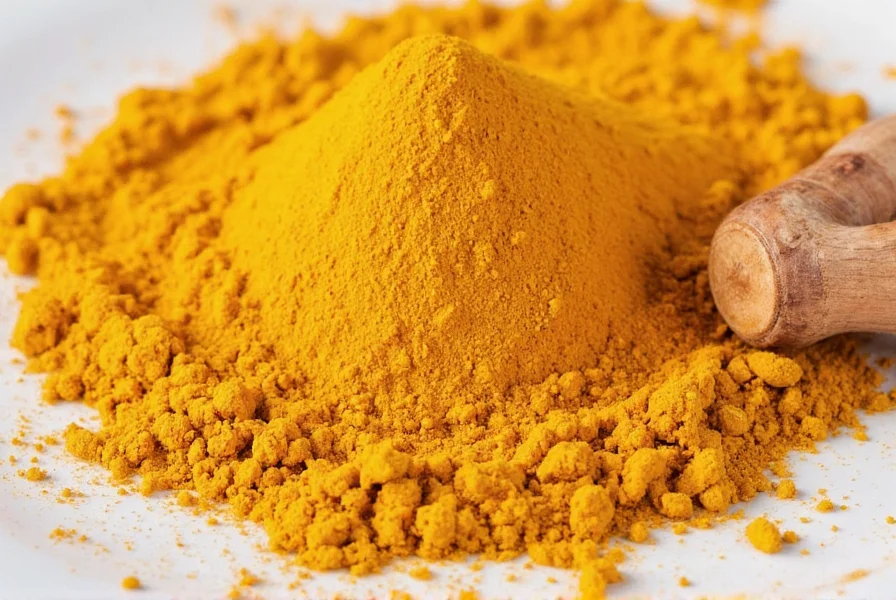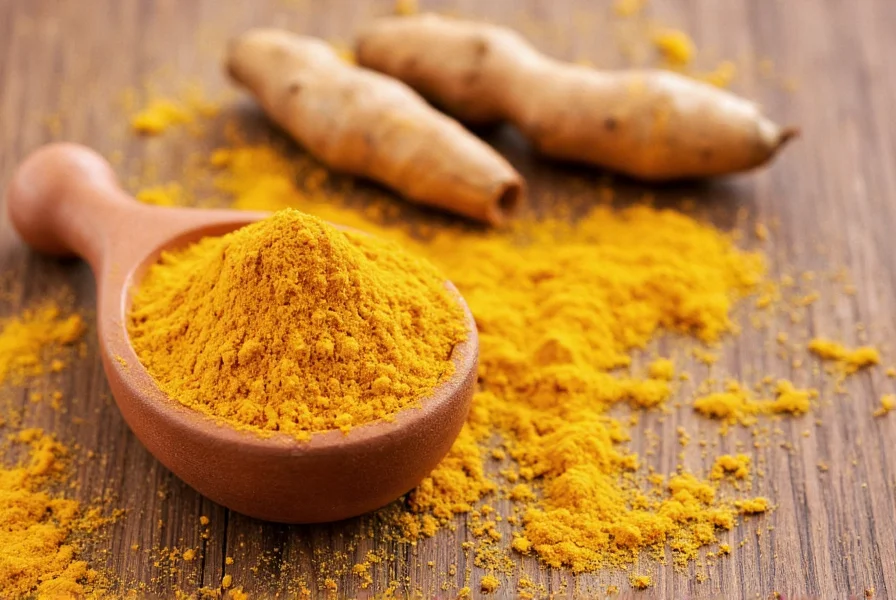For centuries, turmeric has been used in traditional medicine systems for its purported healing properties. Modern science is now examining whether this golden spice lives up to its reputation, particularly for pain management. Understanding the evidence behind turmeric for pain requires examining both traditional uses and contemporary research findings.
The Science Behind Turmeric and Pain Relief
Turmeric's potential pain-relieving properties primarily stem from curcumin, its most active compound. Curcumin works through multiple biological pathways that influence pain perception:
- Anti-inflammatory effects: Curcumin inhibits key inflammatory molecules like COX-2, TNF-alpha, and IL-6, which contribute to pain signaling
- Antioxidant properties: Reduces oxidative stress that can exacerbate pain conditions
- Modulation of pain pathways: Influences nerve growth factor and other pain transmission mechanisms
Unlike conventional NSAIDs that primarily target COX enzymes, curcumin affects multiple inflammatory pathways simultaneously, potentially offering broader but milder effects.

Evidence from Clinical Research
Research on turmeric for pain has produced mixed but generally promising results, particularly for specific pain conditions:
| Pain Condition | Research Findings | Typical Dosage | Time to Notice Effects |
|---|---|---|---|
| Osteoarthritis | Multiple studies show moderate pain reduction comparable to low-dose NSAIDs | 500-1500 mg curcumin daily | 4-12 weeks |
| Rheumatoid arthritis | Some evidence of reduced joint swelling and morning stiffness | 500 mg twice daily | 8-12 weeks |
| Muscle soreness | Limited evidence for exercise-induced muscle pain | 400-500 mg before/after exercise | 24-72 hours |
| Chronic back pain | Insufficient high-quality evidence | Not established | Unknown |
A 2022 meta-analysis published in Phytotherapy Research concluded that curcumin supplementation significantly reduced pain scores in osteoarthritis patients compared to placebo, with effects becoming more pronounced after 8 weeks of consistent use. However, the researchers noted considerable variability between studies and called for more standardized research.
Practical Considerations for Using Turmeric for Pain
Understanding how to effectively use turmeric requires addressing several practical factors that impact its effectiveness:
Bioavailability Challenges
Curcumin has notoriously poor bioavailability when consumed alone. To enhance absorption:
- Look for formulations with piperine (black pepper extract), which can increase absorption by up to 2000%
- Choose products with phospholipid complexes or nanoparticle formulations
- Consume with healthy fats, as curcumin is fat-soluble
- Consider liquid formulations which may have better absorption
Dosage Guidelines
Effective dosing depends on the formulation:
- Standard turmeric powder: 1-3 grams daily (contains only 3-5% curcumin)
- Standardized curcumin extracts: 500-1500 mg daily of 95% curcumin
- Enhanced absorption formulations: 250-500 mg daily
Most clinical trials showing benefits used doses in the 500-1500 mg range of standardized curcumin taken consistently for at least 4 weeks.
Comparing Turmeric to Conventional Pain Relief Options
When considering turmeric for pain relief, it's important to understand how it compares to conventional options:
- vs NSAIDs: Turmeric generally provides milder pain relief but with fewer gastrointestinal side effects
- vs Acetaminophen: Different mechanism; turmeric targets inflammation while acetaminophen works centrally
- vs Prescription medications: Not comparable for severe pain; should be considered complementary rather than替代
A 2021 study in The Journal of Alternative and Complementary Medicine found that curcumin provided comparable pain relief to 50 mg of tramadol daily for knee osteoarthritis, but with significantly fewer adverse effects.
Important Safety Considerations
While generally safe, turmeric can cause issues in certain situations:
- Drug interactions: May enhance blood thinners like warfarin; consult your doctor if taking anticoagulants
- Gastrointestinal effects: High doses may cause nausea or diarrhea in sensitive individuals
- Gallbladder concerns: May worsen gallstones or bile duct obstruction
- Surgery considerations: Discontinue at least 2 weeks before scheduled surgery due to potential bleeding risk
Pregnant women should avoid therapeutic doses of turmeric supplements, though culinary use is generally considered safe.
When to Consult a Healthcare Provider
Consider discussing turmeric use with your healthcare provider if:
- You're taking blood thinners or diabetes medications
- You have gallbladder issues or kidney stones
- Your pain is severe, worsening, or significantly impacts daily function
- You've been using turmeric for 8-12 weeks without noticeable improvement
Remember that turmeric for chronic pain should complement, not replace, conventional treatment without medical guidance. It's particularly important to get proper diagnosis for persistent pain rather than self-treating with supplements.
Conclusion
The evidence supporting turmeric for pain relief, particularly for inflammatory conditions like osteoarthritis, is promising but not definitive. While it may provide modest benefits for some individuals, it's not a miracle cure and works best as part of a comprehensive pain management approach. Those considering turmeric for pain should select high-quality, bioavailable formulations, use them consistently for at least 4-8 weeks, and maintain realistic expectations about potential benefits. As with any supplement, consultation with a healthcare provider is recommended before starting, especially for those with existing health conditions or taking medications.











 浙公网安备
33010002000092号
浙公网安备
33010002000092号 浙B2-20120091-4
浙B2-20120091-4